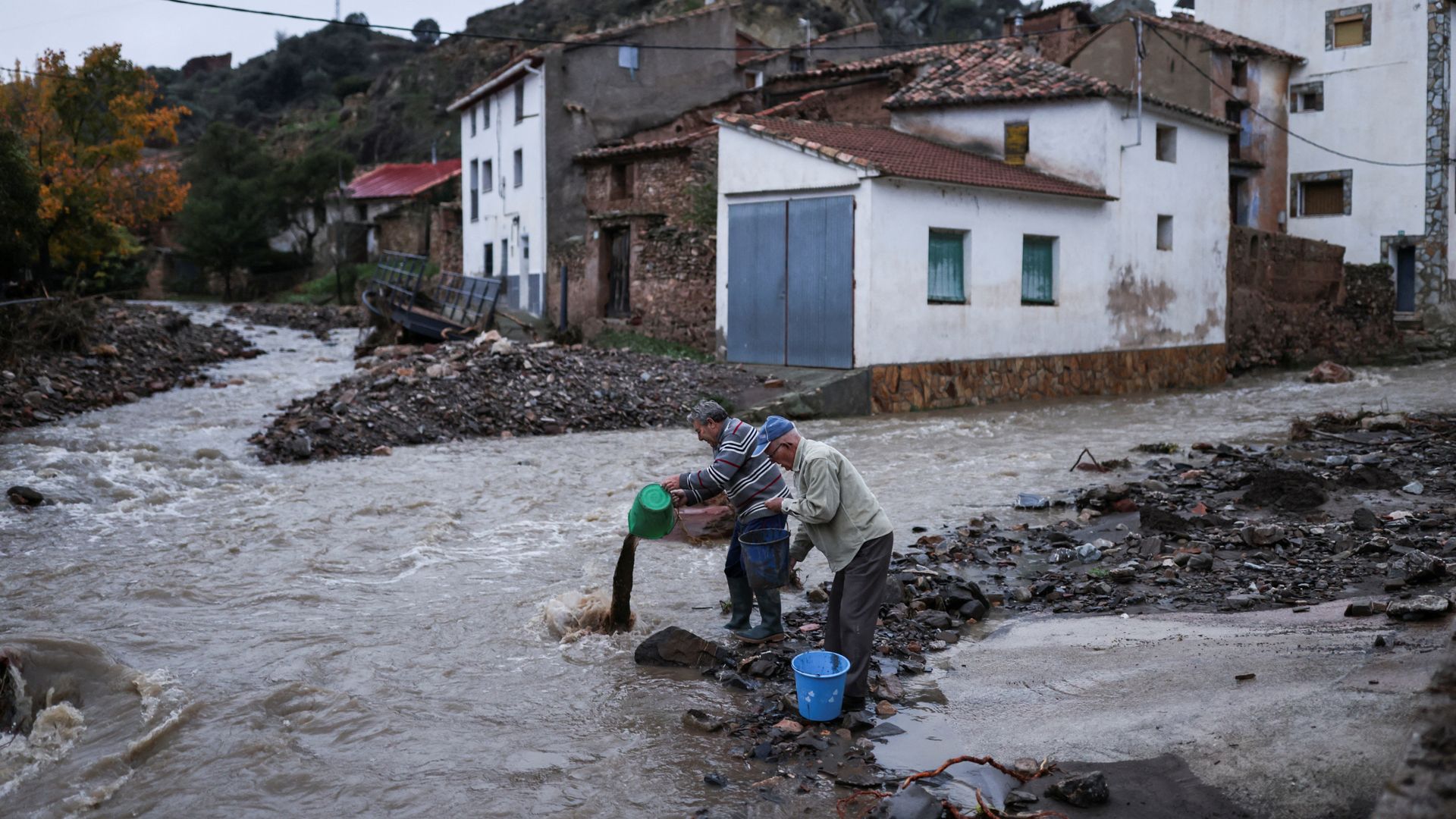
Hard Telling Not Knowing each week tries to answer your burning questions about why things are the way they are in Maine — specifically about Maine culture and history, both long ago and recent, large and small, important and silly. Send your questions to [email protected].
Edmund Black grew lean and strong as a teenager in the 1920s on the water in Casco Bay, pulling lobster traps around Bailey Island, a village in Harpswell, his hometown.
By the end of the decade, Black would travel a long way from Bailey Island, in both distance and prestige, to the 1928 Summer Olympics in Amsterdam, as one of the first Mainers to medal in any Olympic games. He returned with a bronze medal in the hammer throw, though contemporaries of Black’s said you wouldn’t know it, as he was a modest man.
Black wasn’t the first Mainer to medal in the Olympics — that honor goes to George Dole, a 1903 graduate of what is now Morse High School in Bath, who won a gold medal in wrestling in 1908.
But Black — who returned to lobstering in 1932 and continued to fish for nearly 60 more years — was perhaps the most classically “Maine” of any Olympian the state has produced. For him, sports generally came second. Lobstering came first.
Black’s strength served him well both on the water and in athletics. He took a boat 15 miles each way across the bay to attend high school in Portland, where he became such a fearsome running back on the football field that he earned the nickname “Rip,” for how he ripped through the opposing line. He was named the best fullback in the state in 1923.

It wasn’t in football where Rip Black would make his mark on the world, however. A chance encounter at a track and field practice at Portland High School directed his attention to a different sport: the hammer throw.
Longtime Maine broadcaster Bill Green, who interviewed Black in the 1980s, said the story goes that in 1920 Black, then a freshman, had wandered into a track and field practice and got too close to a fellow athlete practicing the hammer throw.
The hammer, one of four throwing events in track and field, doesn’t look like a hammer at all — it’s a heavy metal ball attached to a steel wire, attached to a grip. Competitors swing it around for three or four rotations before releasing it to see how far it flies.
“The other guy wasn’t trying to hurt him, just trying to scare him, and he threw the hammer right close to Rip,” Green said. “Rip tossed it back, and the track coach came running after him to recruit him for the track team.”
By 1923, in addition to playing football, hockey and baseball for Portland High, Black was also on the track and field team, and helped lead the team to the New England championships. When he graduated in 1924, Black was one of the top all-around athletes in the state.
Nevertheless, it took more than a year to convince Black to pursue athletics at the collegiate level. After high school, Black fished full time, before finally giving into his family’s wishes and enrolling at the University of Maine in 1925. There, he played on both the football and baseball teams, and reportedly pitched a no-hitter against Bowdoin College. He earned seven varsity letters, according to the University of Maine Sports Hall of Fame, into which he was inducted in 1986. He was also inducted into the Maine Sports Hall of Fame in 1980.
It was in track and field that he truly excelled. Black was named captain of the UMaine track team during his freshman year, and in 1928 won the Maine and later New England hammer throw championships. He qualified for the 1928 Summer Olympics in hammer throw, and in July of that year, he boarded the steamship the SS President Roosevelt with the rest of the U.S. Olympics team and headed for the Netherlands.
According to a 2021 article in the Harpswell Anchor, Black found himself at a disadvantage in Amsterdam, as the circle in which competitors swung the hammer was sunken, rather than elevated, which Black was used to. He fouled twice in the competition, but one throw of 49.03 meters, or 160 feet and 10.5 inches, was far enough to earn him a bronze medal.
Black placed third in hammer throw in the national championships in 1929, and second in 1930. In 1932, he tried again for the Olympics in Los Angeles but did not qualify. With that, his Olympics career was over. Though he received multiple offers to coach at various high schools in Maine, Black, ever the lobsterman, opted to return to the sea.
According to Bill Green, Black still threw the hammer now and again for fun, in addition to teaching his cousins Stan and Larry Johnson how to throw, both of whom were successful college athletes. Green said when Black retired from lobstering at age 85, he was still physically fit — hauling traps and throwing hammers will both keep you in great shape.
He also took up another sport that’s not in the Olympics: candlepin bowling, the popular regional bowling variation that has long been a favorite pastime in New England and Atlantic Canada. Black won the Maine state candlepin bowling championship in 1970, a win that while perhaps not as prestigious as an Olympics medal, was surely just as satisfying for a Mainer.











